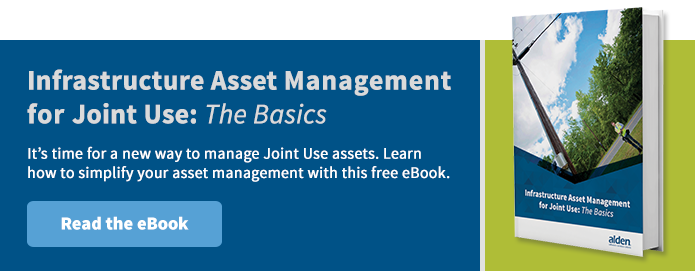The State of Broadband in America (Part 3 of 3)
 In the previous two posts of this series (view here for part 1 and here for part 2), we discussed steps the FCC is taking to reinvigorate the pace of broadband deployment nationwide – with focus on closing the digital divide in rural and tribal areas.
In the previous two posts of this series (view here for part 1 and here for part 2), we discussed steps the FCC is taking to reinvigorate the pace of broadband deployment nationwide – with focus on closing the digital divide in rural and tribal areas.
Policy and regulation can only do so much to advance broadband deployment. Funding is needed—especially in high-cost, rural areas for which there is no strong business case for building out broadband. To address this need, the FCC established the Connect America Fund (CAF).
CAF was created under the umbrella program of the Universal Service Fund, which was established with the Telecommunications Act of 1996. CAF is a multi-year program focused on underserved areas. Broadband services under CAF are required to distribute at least 10 megabits per second for downloads and 1 Mbps for uploads. The carrier must offer at least one plan with 150 gigs per month, and service providers should offer rates that compare with suburban areas.
From the beginning, it was planned for CAF to distribute funding in two phases. Phase I began in 2012 and paid out $115 million to build out broadband in 37 states. In 2014, the FCC approved Phase II, which will award up to $198 million in annual support (a total of $1.98 billion for 10 years) to areas that are not served by broadband providers. Phase II faced numerous delays, but is now moving forward.
Who Is Eligible to Receive CAF II Funds?
The auction process for CAF II will give smaller service providers a better chance to compete. While large carriers will also participate, the FCC is leveling the playing field for smaller, independent telecommunications companies, wireless ISPs, cable and satellite operators, rural telephone co-ops, and others by:
- Awarding funding to network operators who offer to deliver service at the lowest level of CAF support
- Accepting letters of credit from smaller banks
- Not requiring companies to identify every area they will serve before bidding
- Weighing bids so that carriers offering to deliver the highest speeds and the lowest latency will be favored over another bidder who offers to deploy service at the same price but with lower speed or higher latency
FCC Chairman Pai encouraged participation from providers of every size in the CAF II auction, saying: “The most cost-effective technology for a particular area will vary, so regardless of how you deliver connectivity, please take a hard look at participating in the CAF II auction.”
The auction will also include educational programs for interested providers.
Which Geographic Regions Are Included?
What Is the Timeline for the CAF II Reverse Auction?
Accountability for CAF II Recipients
Non-compliance measures will include increased reporting and possible withholding and/or recovery of support.
Just the First Step
The FCC has promised that CAF II is only the beginning; in 2019, the FCC plans to continue its missions with the Remote Areas Fund for those areas still without high-speed broadband.

Comments